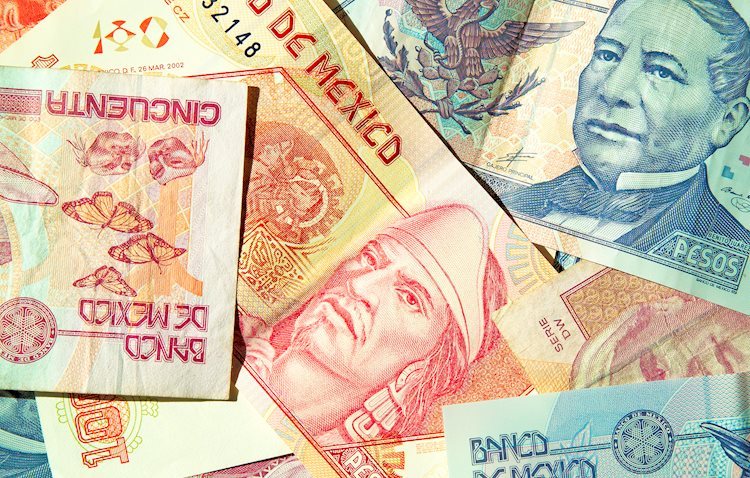The Mexican Peso showed strength against the US Dollar following Banxico’s decision to reduce borrowing costs by 25 basis points. The USD/MXN traded at 20.44, a decrease of 0.25%, overshadowing positive US inflation data. Banxico’s Governing Council unanimously agreed to lower borrowing costs to 10.25%, citing progress in the disinflation process despite inflation risks.
Officials at Banxico mentioned that while inflation remains high, the disinflation process indicates a need to reduce the level of monetary policy restriction. The goal is to bring inflation down to 3% by the last quarter of 2025. However, the US Bureau of Labor Statistics reported that producer prices exceeded expectations, hinting at a halt in disinflation. US unemployment claims also dropped below estimates, influencing future decisions by the Federal Reserve (Fed).
The Fed’s focus on both inflation and employment mandates was emphasized by Fed Governor Adriana Kugler and Richmond Fed President Thomas Barkin. Market expectations for a rate cut decreased from 82% to 78% post PPI data, according to CME FedWatch Tool. Looking ahead, Mexico’s economic docket will feature the Banxico policy decision, while US Fed speakers and Retail Sales data will drive the direction of the USD/MXN pair.
The USD/MXN pair hovered around 20.50 before Banxico’s decision, while the US Dollar Index (DXY) held onto minimal gains at 106.56. US Producer Price Index exceeded estimates, with headline PPI rising by 2.4% YoY. Initial Jobless Claims for the week ending November 9 were 217K, lower than anticipated. Futures contract data suggests a 25 bps Fed easing by the end of 2024.
Technically, the USD/MXN pair remained biased towards the upside around 20.50. Bulls are dominant unless the exchange rate falls below 20.00 and the 50-day Simple Moving Average at 19.74. The Relative Strength Index (RSI) is bullish, indicating further upside potential. Resistance levels for USD/MXN include 20.69, 20.80, and 21.00, with a breach exposing the peak at 21.46 from March 8, 2022.
Banxico, or the Bank of Mexico, is responsible for maintaining the value of the Mexican Peso and setting monetary policy. With a target inflation rate of 3%, Banxico uses interest rates as its main tool to guide policy. Higher rates are positive for MXN, attracting investors, while lower rates can weaken the currency. Banxico typically meets eight times a year and closely follows the decisions of the US Federal Reserve. Anticipating or reacting to Fed policy measures is common practice for Banxico to maintain stability in the Mexican Peso.











